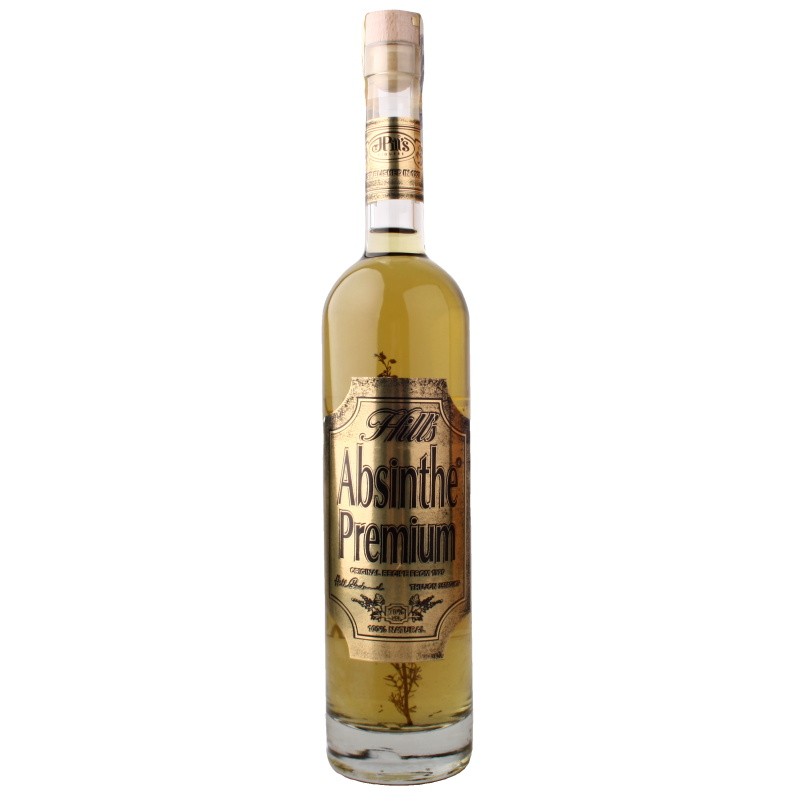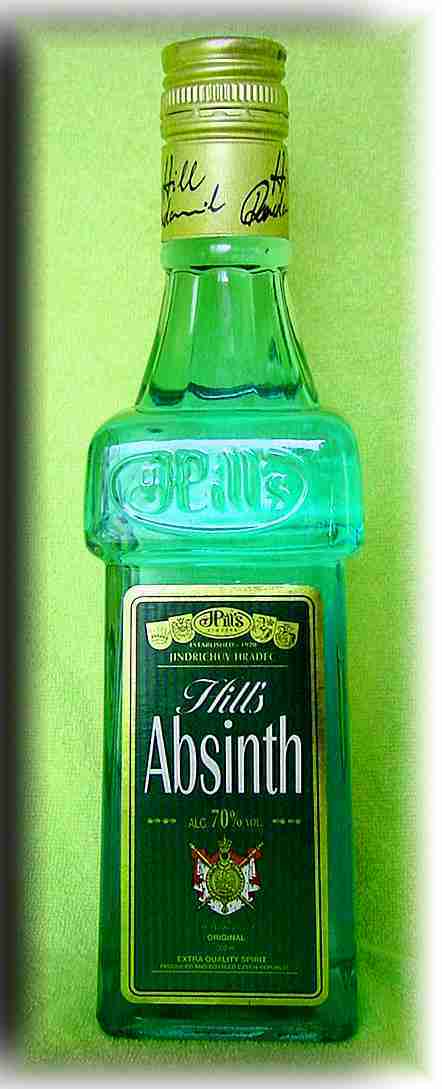
Do not buy absinthe from some guy in an alley - you're looking at the same dangers you'd face drinking moonshine sold off the back of a truck. In view of modern analysis of the drink and its ingredients, any absinthe-related deaths can most likely be attributed to alcoholism, alcohol poisoning or drinking the cheap stuff, which, like moonshine, can have poisonous additives in it. And there is no evidence at all that thujone can cause hallucinations, even in high doses. Modern science has estimated that a person drinking absinthe would die from alcohol poisoning long before he or she were affected by the thujone. In the U.S., thujone levels in absinthe are capped at 10 milligrams per liter, while absinthe in Europe may have 35 milligrams per liter. By the end of the distillation process, there is very little thujone left in the product. And there's not enough thujone in absinthe to hurt you, either. It occurs naturally in many foods, but never in doses high enough to hurt you. It is a GABA (Gamma-aminobutyric acid) inhibitor, meaning it blocks GABA receptors in the brain, which can cause convulsions if you ingest enough of it. In very high doses, thujone can be toxic. The chemical that's taken all the blame for absinthe's hallucinogenic reputation is called thujone, which is a component of wormwood.

At this point, the absinthe is clear many manufacturers add herbs to the mixture after distillation to get the classic green color from their chlorophyll. The fennel, anise and wormwood oils then recondense with the alcohol in a cooling area, and the distiller dilutes the resulting liquid down to whatever proof the absinthe is supposed to be (based on brand variations or regional laws). The distillation process causes the herbal oils and the alcohol to evaporate, separating from the water and bitter essences released by the herbs. The anise, fennel and wormwood are soaked in alcohol, and the mixture is then distilled. Traditional absinthe is made of anise, fennel and wormwood (a plant), and various recipes add other herbs and flowers to the mix. Absinthe is not a hallucinogen rather its alcohol content and herbal flavor set it apart from other liquors. It makes whiskey's standard 40 percent (80 proof) seem like child's play, which is why absinthe is supposed to be diluted. Absinthe does have a very high alcohol content - anywhere between 55 and 75 percent alcohol by volume, which equates to about 110 to 144 proof. What about the tales of hallucinations, Oscar Wilde and his tulips, family massacres and instant death? Not absinthe's fault, technically speaking.

That regular old alcohol received similar treatment during the Prohibition period in the United States turns out to be pretty apropos: We now know that properly manufactured absinthe - an anise-flavored, alcoholic drink - is no more dangerous than any other properly prepared liquor. In fact, it was accused of turning children into criminals, encouraging loose morals and inspiring murders. When absinthe - also known as the Green Fairy - was banned in France, Switzerland, the United States and many other countries in the early 1900s, it had become associated with illicit behavior. Adam Berry/Stringer/Getty Images News/Getty Images Combine Hill’s Absinthe and grapefruit juice in a Hurricane glass.It may not be hallucinogenic, but absinthe does have a very high alcohol content. Combine the Hill’s Absinthe and tonic in a Collins glass.ġ. Combine the Hill’s Absinthe, vodka and soda in a Collins glass.ġ. Combine the Hill’s Absinthe and vodka or gin in your favourite Martini shaker.ġ. Combine the Hill’s Absinthe and cola in a Collins glass.ġ. Combine Hill’s Absinthe and orange juice in a highball glass.ġ.

Combine all ingredients in a tall glass.ġ. Try one of the recipes below, or experiment with your own concoctions - you’ll see why Hill’s Absinthe is world-renowned for its superior quality and adaptability. Hill’s Absinthe’s low-anise flavour makes it the perfect spirit for making cocktails and martinis that will delight you and your guests.


 0 kommentar(er)
0 kommentar(er)
